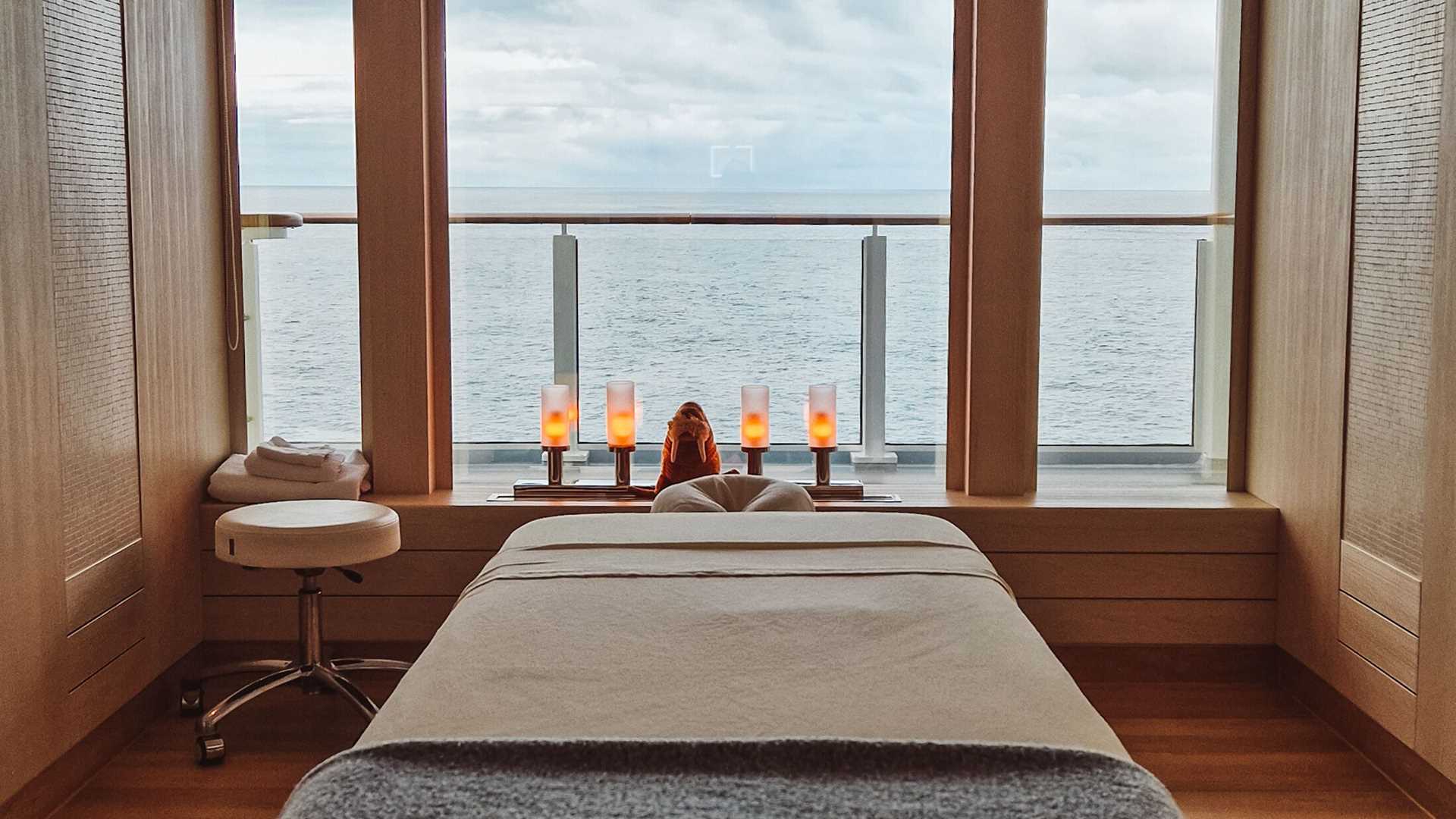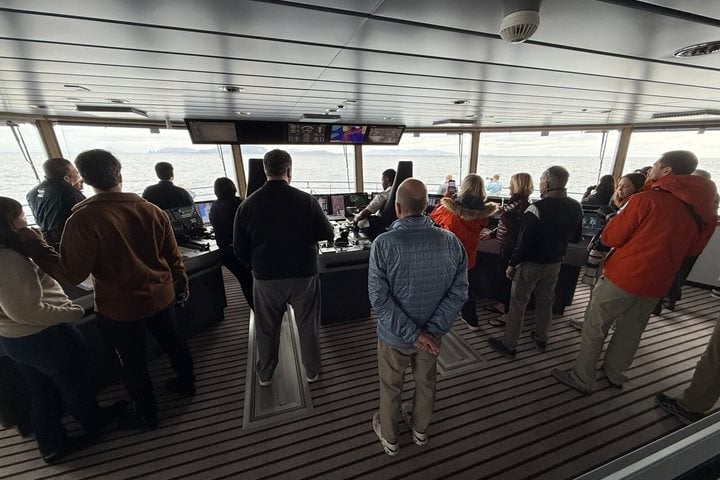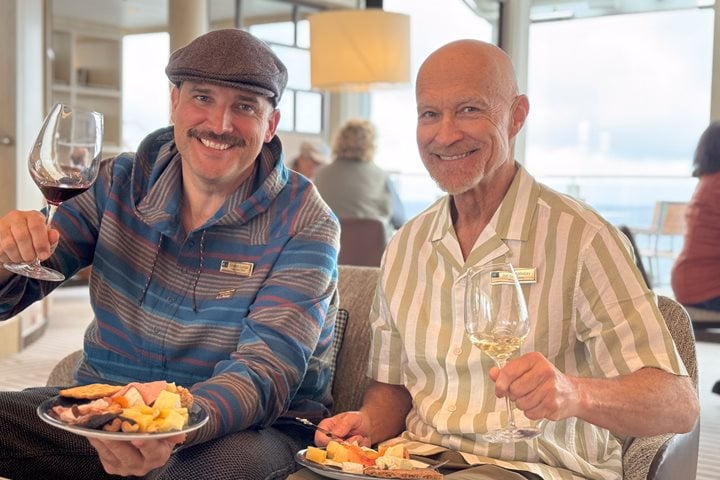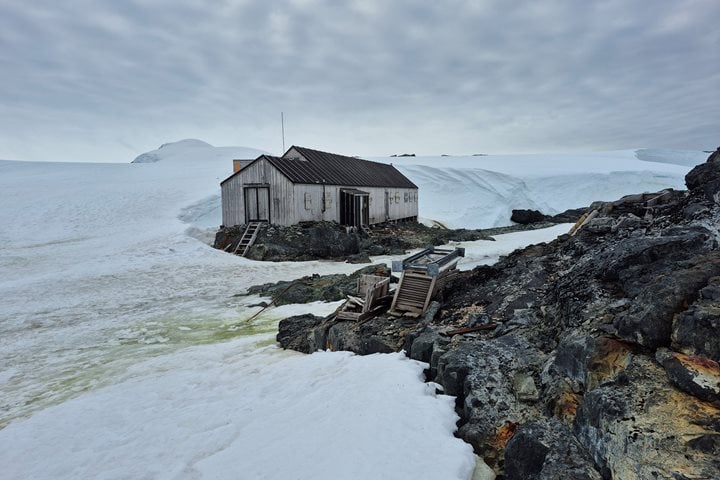We enjoyed an exceptionally smooth crossing of the Drake Passage, or “Drake Lake” as we call it when conditions are perfect. We had time to reflect on our unique adventure to the frozen continent, and we shared memories with our fellow travellers.
This is the first time that some of us ventured this far south of the Antarctic Circle, and it has made a deep impression on us. We are in awe of this magnificent yet fragile world. We have been lucky to experience the beauty of this last wilderness on Earth, and we are grateful for the opportunity to explore where few have been before. Now it is time for some well-deserved relaxation as we near the end of our Antarctic expedition.







